Table of Contents
Can I convert my garage into a living space, and how does this affect the garage door’s functionality?
Converting a garage into a living space is an increasingly popular trend among homeowners looking to maximize their home’s square footage without needing expensive additions.
Whether you’re considering turning your garage into a guest room, home office, gym, or even a rental unit, several factors must be considered.
One key aspect of this transformation is how the conversion affects the garage door’s functionality.
In this article, we’ll explore the feasibility of converting your garage into a living space and discuss the implications for your garage door’s operation and design.
1. Feasibility of Converting a Garage into a Living Space
Before discussing how a Garage Conversion might affect the garage door, it’s important to assess whether converting your garage into a living space is feasible. Several factors will determine this, including local zoning laws, building codes, and the existing structure of your garage.
- Zoning and Building Codes: The first step is to check with your local municipality to determine whether a garage conversion is allowed in your area. Some communities have strict zoning laws that regulate how garages can be used, particularly if the conversion involves creating a separate living unit. You’ll also need to ensure that the conversion complies with building codes, which may dictate requirements for insulation, ventilation, electrical wiring, plumbing, and egress (exit points).
- Structural Integrity: Evaluate the current state of your garage to determine whether it can be safely converted into a living space. Consider factors such as the foundation, walls, and roof. A garage that was originally built to house vehicles may require significant upgrades to meet residential building standards, especially in terms of insulation and moisture control.
- Utilities and Comfort: Converting a garage into a comfortable living space requires the installation of necessary utilities, such as heating, cooling, plumbing, and electrical systems. You’ll also need to consider how to provide natural light and ventilation, as garages typically have limited windows.
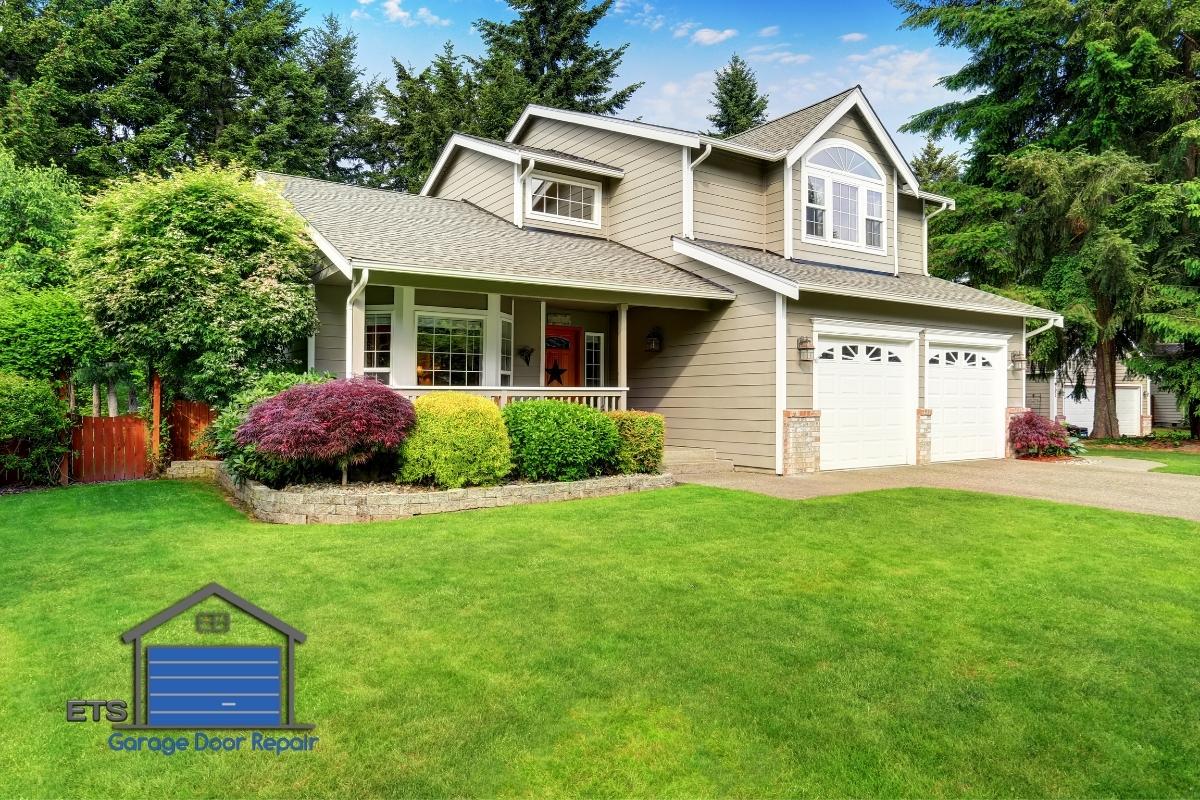
Feasibility of Converting a Garage into a Living Space
2. Impact on Garage Door Functionality
One of the most significant considerations in a garage conversion is how the garage door will be affected. Since most garages feature large, operable doors designed for vehicle access, you’ll need to decide whether to keep the garage door, modify it, or replace it entirely.
- Keeping the Garage Door: Some homeowners choose to keep the garage door as is, using it as a unique feature in the converted space. For example, the door can be left functional to allow the space to double as a multi-purpose room, such as a home gym or workshop. However, maintaining a functional garage door in a living space presents challenges, such as ensuring proper insulation and security. You may need to invest in additional weatherproofing measures, such as insulated garage doors or sealing strips, to maintain a comfortable indoor environment.
- Modifying the Garage Door: Another option is to modify the garage door while keeping its general appearance. Some homeowners choose to fix the garage door in place, essentially making it non-operable. This can involve sealing the door and adding insulation to improve energy efficiency. The door can then be disguised with interior finishes, such as drywall or wood paneling, to blend seamlessly with the rest of the living space. Modifying the garage door in this way can help retain the exterior look of the house while enhancing the interior’s functionality.
- Replacing the Garage Door: In many cases, homeowners opt to replace the garage door entirely with a more traditional wall structure that includes windows and a standard entry door. This option allows for better insulation, security, and aesthetics. Removing the garage door and installing a new wall also makes it easier to incorporate utilities, such as electrical outlets and heating systems. Additionally, adding windows can improve natural light and ventilation, making the living space more comfortable and inviting.
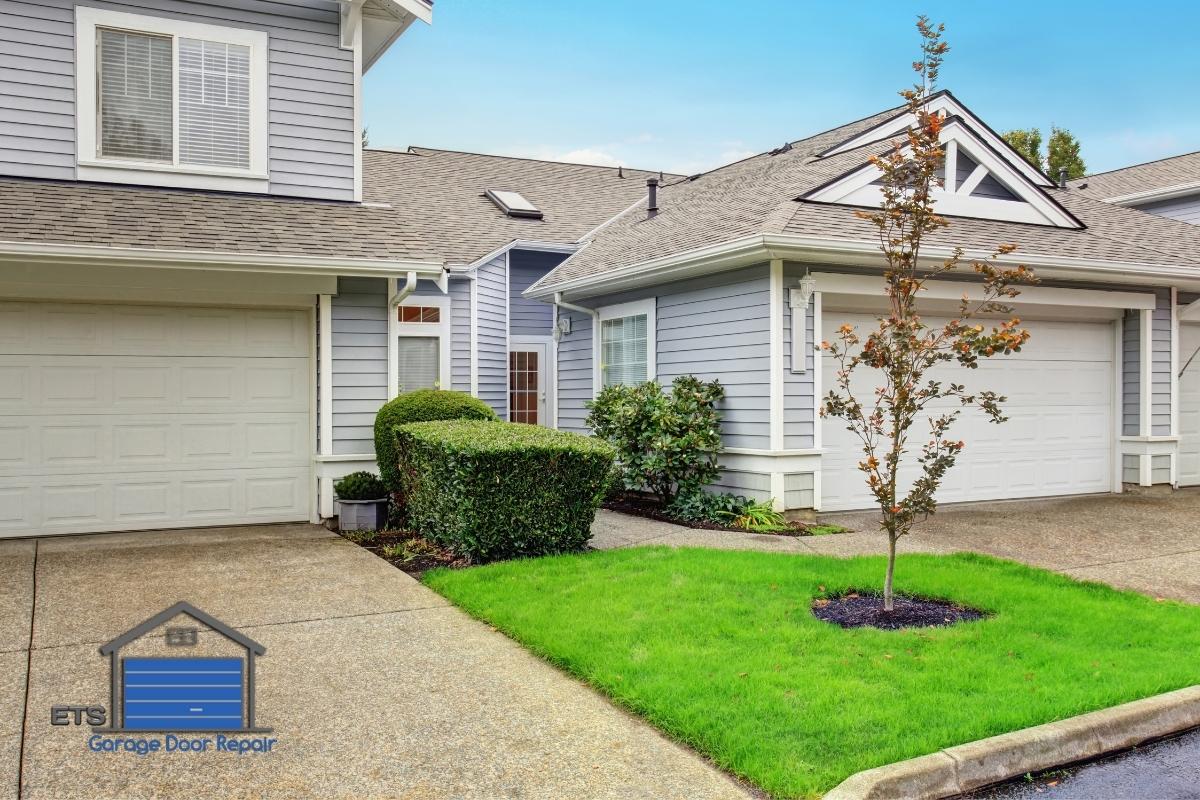
Impact on Garage Door Functionality
3. Design Considerations for the Converted Space
Once you’ve decided how to handle the garage door, it’s time to focus on the design of the converted space. Here are some key design considerations:
- Insulation and Heating: Garages are typically not insulated to the same standards as living spaces, so adding insulation to the walls, ceiling, and floor is essential for comfort and energy efficiency. You’ll also need to install a heating system, especially if your home is in a region with cold winters.
- Flooring: Garages often have concrete floors that are cold and uninviting. Consider installing a subfloor and adding finished flooring materials, such as hardwood, laminate, or carpet, to make the space more comfortable.
- Lighting and Windows: If you’re not adding windows, you’ll need to install adequate lighting to make the space feel bright and welcoming. Recessed lighting, track lighting, and floor lamps can all help achieve this.
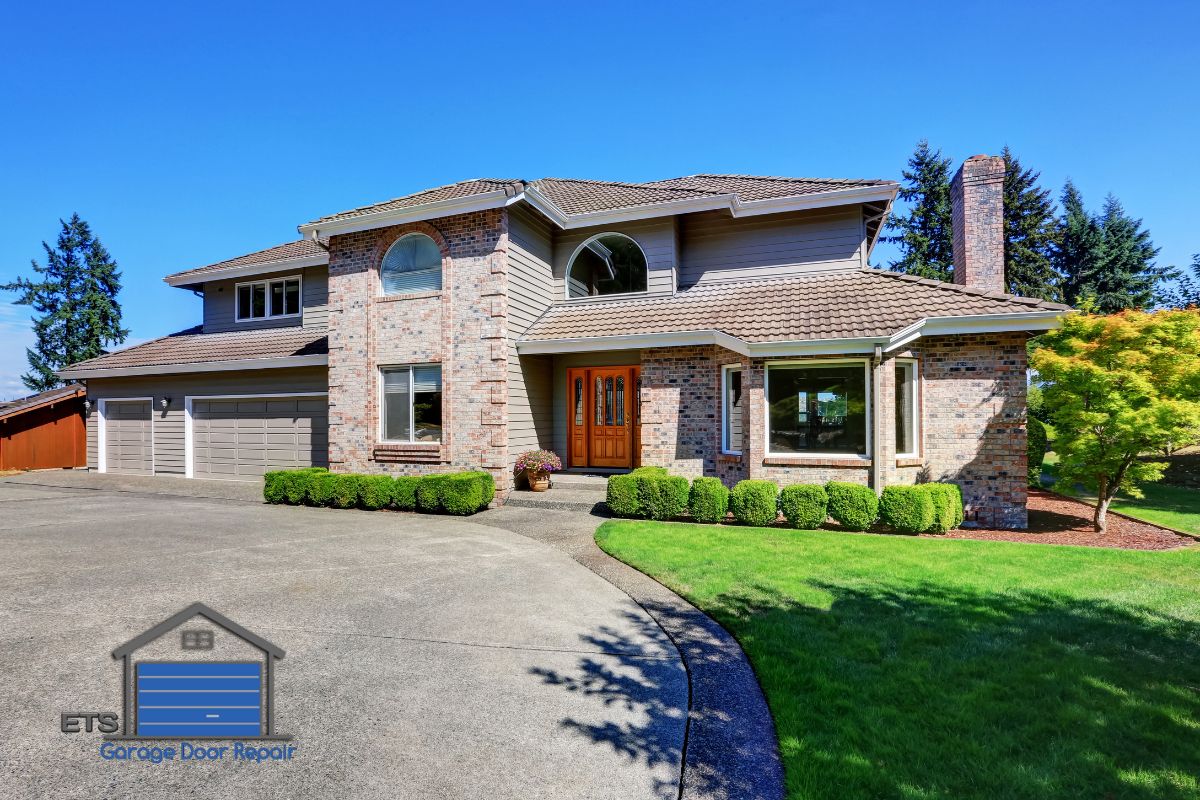
Design Considerations for the Converted Space
4. Permitting and Legal Considerations
Before starting your garage conversion, it’s essential to obtain the necessary permits and ensure that the project complies with local regulations. Unauthorized conversions can lead to fines, difficulty selling your home, or even being forced to revert the space to its original use.
Consulting with a contractor or architect who is familiar with local building codes can help streamline the permitting process and ensure that your conversion is up to code.
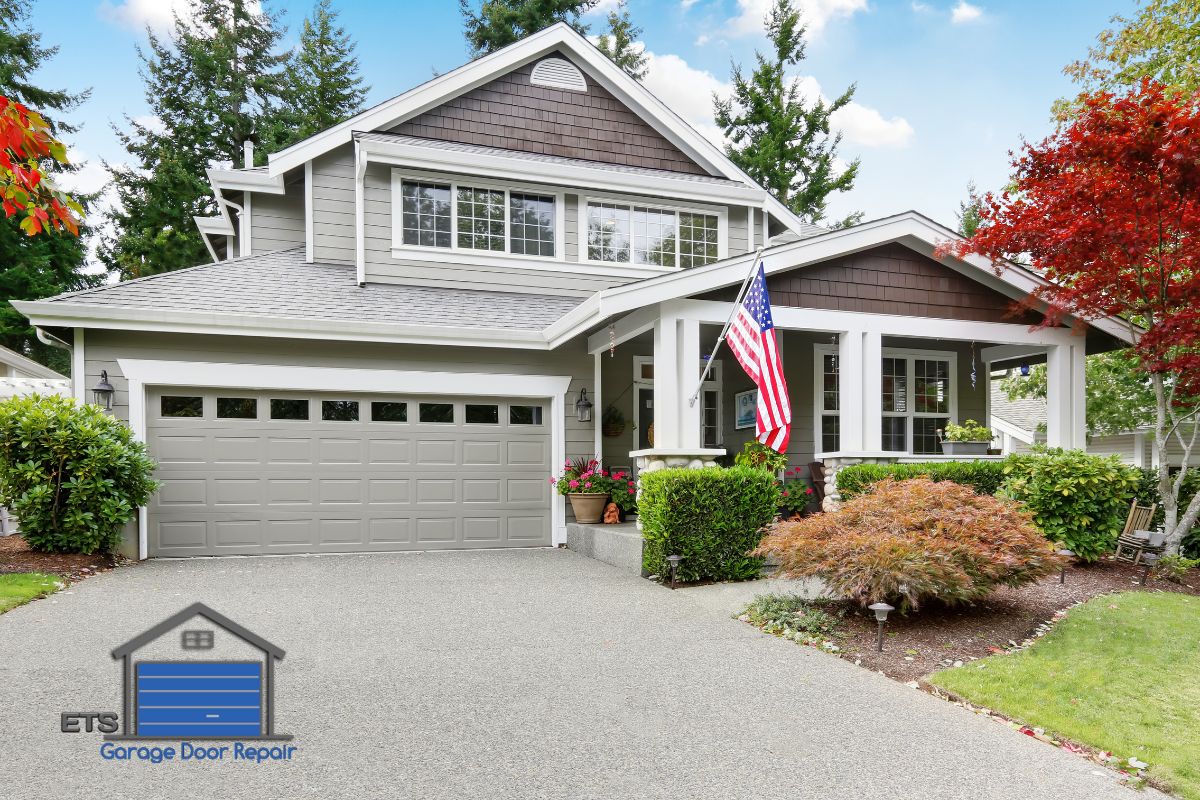
Permitting and Legal Considerations
Conclusion
Converting your garage into a living space offers a practical way to expand your home’s usable area without the expense of an addition.
However, it’s crucial to carefully consider how this conversion will affect the functionality and aesthetics of your garage door.
Whether you choose to keep, modify, or Replace The Garage Door, making thoughtful decisions about insulation, design, and compliance with building codes will help ensure that your new living space is comfortable, functional, and in harmony with the rest of your home.


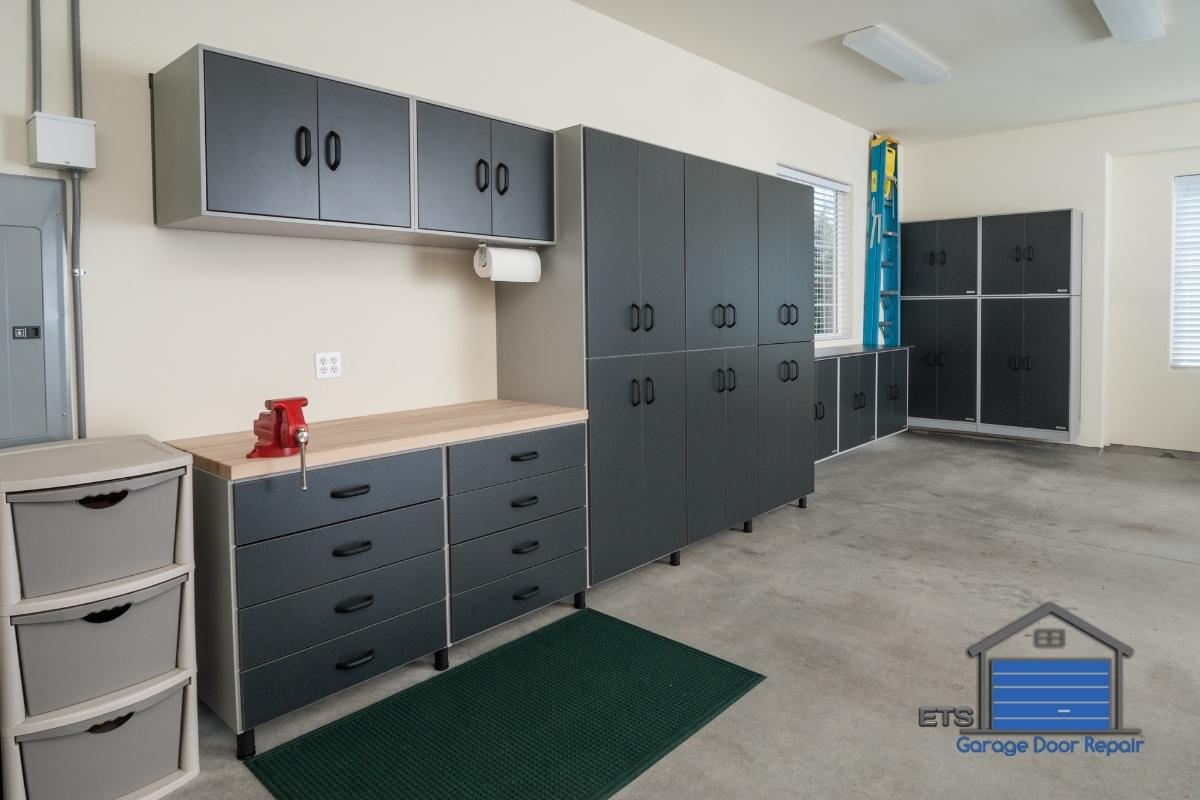












Leave A Comment